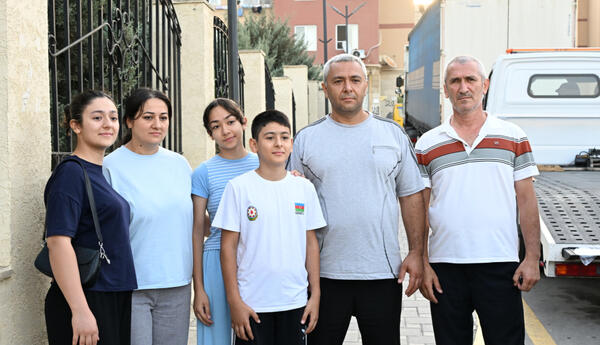Azerbaijan's Geography Institute reports coastal line shift of 2 km in Goltug Bay
The most significant landscape and ecological changes on the Neftchala-Alyat coast have been recorded in Goltug Bay, where the sea has receded by 1.5 to 2 kilometers.
This information emerged during an expedition by the Geography Institute aimed at studying the Caspian Sea level and changes in the landscape-ecological conditions of coastal areas.
The study notes that Sara Island has expanded 2.5 km eastward, while more than half of Bala Gizilaghach Bay’s surface is now covered with algae. This has deteriorated water quality, rendering it unsuitable for marine life and disrupting the aquatic ecosystem.
The analysis shows that the intensity of shoreline retreat due to sea level decline varies depending on the geomorphological structure of coastal zones. From Astara city to the village of Goyshaban, the retreat has been relatively minor, ranging from 40–50 meters up to 200–300 meters.
The strongest shoreline retreat occurs in the Gizilaghach Bay area, where the coastline recedes by an average of 250–300 meters per year. Large parts of the ecosystem here have transitioned to a continental regime: fleshy-saline and salt marsh semi-deserts are gradually being replaced by muddy and tamarisk communities.
River ecosystems flowing into the sea have also been differently affected by climate change, with the most serious situation observed in the Kur River.
The trends in ecosystem dynamics—shifting to a continental regime due to sea retreat—show a consistent pattern from south to north and inland along the coast.
Bütün xəbərlər Facebook səhifəmizdə
















.jpg)









.jpg)




 USD
USD
 EUR
EUR
 GBP
GBP RUB
RUB
